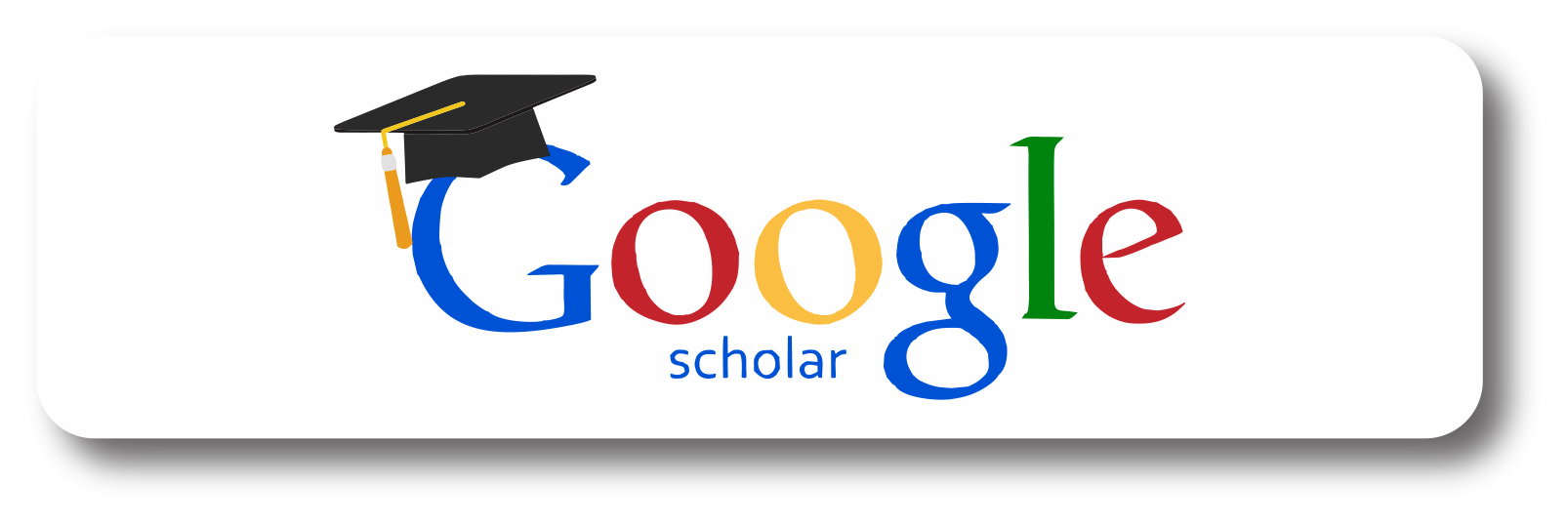DIGITAL TECHNOLOGIES IN HIGHER EDUCATION IN THE 21ST CENTURY: TRANSFORMING LEARNING AND TEACHING
Keywords:
Digital technologies, Innovation, AI-driven learning, Economy, Society, CommunicationAbstract
The integration of digital technologies into higher education has reshaped the landscape of teaching, learning, and administrative practices. From virtual classrooms and online assessments to collaborative tools and AI-driven learning systems, these technologies have significantly influenced academic outcomes, student engagement, and operational efficiency. This paper examines the evolution, benefits, challenges, and future prospects of digital technologies in higher education. It highlights key innovations such as Learning Management Systems (LMS), Massive Open Online Courses (MOOCs), artificial intelligence, and virtual reality, exploring their impact on both educators and students. Furthermore, the paper identifies the barriers to digital integration and proposes strategies to overcome them, offering insights into the future of digitally-driven academic environments.
References
1. Allen, I. E., & Seaman, J. (2017). Digital Learning Compass: Distance. Education Enrollment Report 2017. Babson Survey Research Group. Retrieved from https://www.babson.edu
2. Anderson, C. A., & Rainie, L. (2014). The Future of Technology in Education. Pew Research Center. Retrieved from https://www.pewresearch.org
3. Bates, T. (2015). Teaching in a Digital Age: Guidelines for designing teaching and learning for a digital age. Tony Bates Associates Ltd. Retrieved from https://www.tonybates.ca
4. Brown, M., & Green, T. D. (2017). The Essentials of Instructional Design: Connecting Fundamental Principles with Process and Practice. Pearson Education.
5. Chaudhry, A., & Krishnan, P. (2022). Artificial Intelligence in Higher Education: Opportunities and Challenges. Journal of Educational Technology Development and Exchange, 15(1), 45-56. https://doi.org/10.18785/jetde.1501.03
6. Felder, R. M., & Brent, R. (2016). Teaching and Learning STEM: A Practical Guide. Jossey-Bass.
7. Huang, R. H., Spector, J. M., & Yang, J. F. (2019). Educational Technology in the 21st Century: Global Perspectives. Springer.
8. Johnson, L., Adams Becker, S., & Estrada, V. (2014). The NMC Horizon Report: 2014 Higher Education Edition. The New Media Consortium. Retrieved from https://www.nmc.org
9. Luckin, R., Holmes, W., Griffiths, M., & Forcier, L. B. (2016). Intelligence Unleashed: An Argument for AI in Education. Pearson Education. Retrieved from https://www.pearson.com
10. McKnight, K., O'Malley, K., & Ruzic, R. (2016). Teaching in the Digital Age: How Educators Use Technology to Improve Student Learning. International Society for Technology in Education.
11. Miller, R., & Slater, D. (2017). Virtual Reality in Education: A Review. Education and Information Technologies, 22(1), 221-237. https://doi.org/10.1007/s10639-016-9484-0
12. Moore, M. G., Dickson-Deane, C., & Galyen, K. (2011). E-Learning, Online Learning, and Distance Learning Environments: Are They the Same? The Internet and Higher Education, 14(2), 129-135. https://doi.org/10.1016/j.iheduc.2010.10.001
13. Norberg, A., Dziuban, C., & Moskal, P. D. (2011). A Time of Transition: The Integration of Online Learning and Face-to-Face Instruction. Educational Technology Research and Development, 59(2), 215-228. https://doi.org/10.1007/s11423-011-9192-z
14. Porter, W. W., & Graham, C. R. (2016). A Framework for Institutional Adoption of Technology-Enhanced Learning. Journal of Educational Technology Systems, 45(4), 470-497. https://doi.org/10.1177/0047239516661095
15. Shannon, J., & Spector, J. M. (2020). The Impact of Virtual Reality on Education: A Review of Literature. International Journal of Education and Development using ICT, 16(1), 35-51. https://ijedict.dec.uwi.edu
16. Siemens, G. (2005). Connectivism: A Learning Theory for the Digital Age. International Journal of Instructional Technology and Distance Learning, 2(1), 3-10. Retrieved from https://www.itdl.org
17. UNESCO (2020). Education and the COVID-19 Pandemic. United Nations Educational, Scientific and Cultural Organization. Retrieved from https://www.unesco.org
18. Yumutbaevna, A. N. Pedagogical Conditions for the Organization of a Culture of Interethnic Communication in Students. JournalNX, 7(07), 55-56.
19. Аманбаева, А., & Наршабаева, А. (2024). Using CLIL approach in ESP classes. Преимущества и проблемы использования достижений отечественной и мировой науки и технологии в сфере иноязычного образования, 1(1), 286-288.
20. Тухсонова, М., & Наршабаева, А. (2024). Benefits of computer-based technology in English classes. Преимущества и проблемы использования достижений отечественной и мировой науки и технологии в сфере иноязычного образования, 1(1), 255-256.
21. Тухсонова, М., & Наршабаева, А. (2024). Benefits of computer-based technology in English classes. Преимущества и проблемы использования достижений отечественной и мировой науки и технологии в сфере иноязычного образования, 1(1), 255-256.
22. Vander Ark, T., & Wexler, J. (2016). The Future of Learning: How Digital Technologies are Transforming Education. Getting Smart, Inc. Retrieved from https://www.gettingsmart.com
23. Zhao, Y., & Frank, K. A. (2003). Factors Affecting Technology Integration in Teaching. Journal of Educational Technology and Society, 6(3), 22-29.
24. Khalilova, L. (2024). POSSIBILITIES FOR INTEGRATING DIGITAL TECHNOLOGIES IN FOREIGN LANGUAGE TEACHING. Mental Enlightenment Scientific-Methodological Journal, 5(08), 156-163.
25. Khalilova, L. R. (2024). DIGITAL TECHNOLOGIES FOR IMPROVING THE CONTINUITY OF FOREIGN LANGUAGE TEACHING. Web of Technology: Multidimensional Research Journal, 2(10), 71-77.
26. Rаvshаnоvnа, K. L. (2024). USING DIGITAL TOOLS IN LANGUAGE TEACHING. International Journal of Formal Education, 3(4), 231-234.
27. Abdi-Xafizovna, K. M., & Ravshanovna, K. L. (2024). ANALYSING LEXICAL UNITS RELATED TO GENDER. Universal Science Perspectives International Scientific Practical Journal, 1(1).


